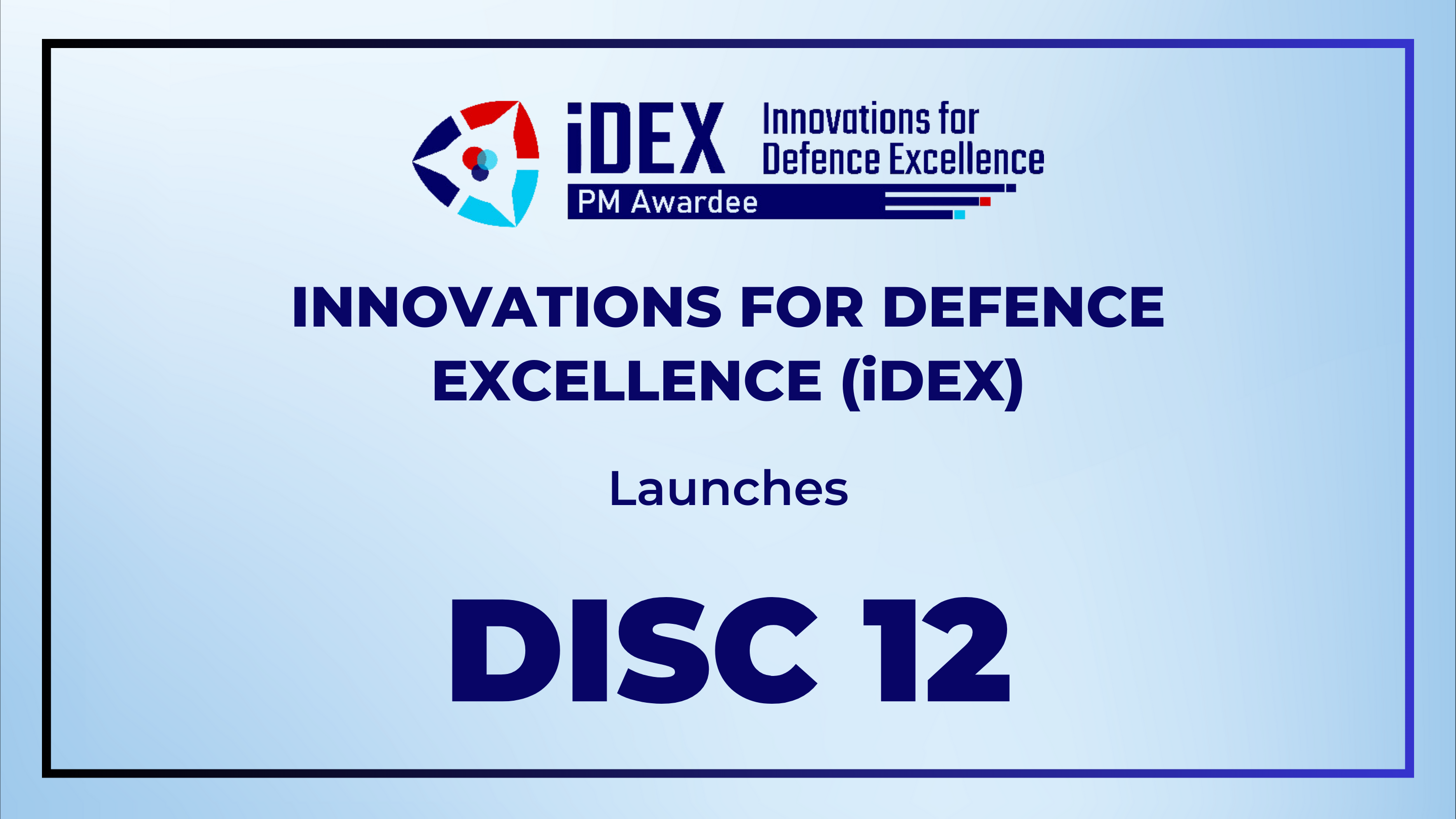12 DISC

Design and development of Magnetic Resonance Imaging (MRI) compatible multi-paramonitor with accessories
Design and development of Magnetic Resonance Imaging (MRI) compatible multiparamonitor for monitoring the patients for Pulse oximetry (SpO2), Heart Rate (HR), Non-Invasive Blood Pressure (NIBP), Respiratory Rate (RR), Respiratory gas Monitor (RGM) and End Tidal Carbon di Oxide (ETCO2) with slave monitor.
MRI suite has strong magnetic fields due to which regular monitoring equipment available in hospital are incompatible and may even become hazardous to the patient as well as to the equipment. MRI investigation is an essential tool for diagnosis of many diseases and is required for children as well as adults, some of whom are critically ill. These patients require adequate monitoring for delivery of safe anaesthesia for the duration of the imaging taking place which ranges from 60-120 minutes. Without adequate monitoring, specially the ETCO2 monitoring (which is direct monitor for adequate respiration, oxygenation and ventilation), it is extremely unsafe and not advisable to take on the challenge of delivering anaesthesia to children or adults.
• Paediatric patients are a regular clientele for MRI due to diagnosis required for many neurological diseases. MRI gantry is tunnel like, and children do not cooperate to lie still for the imaging and hence require sedation or anaesthesia. Without adequate monitoring (especially ETCO2) it is difficult to know whether the patient is breathing adequately and not suffering hypoxia, which will eventually lead to cardiac arrest. Many adults also find the MRI gantry claustrophobic and do not cooperate for the imaging and hence they require sedation/ anaesthesia too. Many times, patients are critically ill and on various drug supports to maintain physiology and they definitely require sedation/anaesthesia for the imaging. Without adequate monitoring, administering sedation or anaesthesia is a huge challenge and thus, keeping in mind patient safety at all times, a good MRI compatible multi-paramonitor (Suitable for use in 0.5 to 3 Tesla MRI environment) with minimum monitoring for HR, SPO2, NIBP, ETCO2 and RGM needs to be developed indigenously. The multi-paramonitors should be safety compliant and certified and patient use.
A good foreign monitor costs about 40-50 Lakhs and this cost is a hindrance in procurement of the same.
Few features which may be of help are added here
Pulse Oximeter Features
• 20 feet Fiber Optic Sensor (non-magnetic) avoids potentially hazardous heating or image artefacts during MR Scans
• Suitable for use in 0.5 to 3 Tesla MRI environment
• Built-In Rechargeable Battery back-up of 7 hours (Pulse Oximeter) & 6 hours (with NIBP)
• Alarm (Visual & Audio) for alarm limit violation
Capnograph Features
• Sidestream Sensor (LoFlo)
• 50ml Sampling rate CO2 sensor that provides consistent and reliable CO2 monitoring of adult, paediatric and neonatal patients
• Useful in monitoring the effects of pain-controlled analgesia, monitoring respiratory efforts during procedural sedation
• Supplied with 12 feet Sampling Lines
• Should have an MRI compatible, re-chargeable battery (6V, 3.2Ah) with backup more than 4 hrs.
• Compatible for paediatric as well as adult patients with all accessories being MRI safe
• Sp02, pulse rate and capnograph readings in mm Hg/cm H20.
• LED display for SpO2 and Pulse readings; LCD display for capnograph
• Wave Speed: 3.12, 6.25,.12.5, 25 mm/sec
• Display type: Fill or line
• Apnea: Delay of 10, 20 and 30 Seconds.
• Feature for selection of High and low alarm limit by the user; feature for selection of Alarm and Pulse Beep Volume, give audible and visual low battery indication 15-20 Minutes prior power off
NIBP features
• Provided with Nonmagnetic fibre optic sensor of 20 feet length and Non-magnetic NIBP tubing length of 20 feet.
• MRI compatible, re-chargeable battery (6V, 3.2Ah) with backup more than 4 hrs.
• Compatible for both Adult and paediatric patients along with MRI compatible accessories for adult, paediatric & neonates.
• Bright easy to read LED display.
• Weight < 5 kg and Dimensions < 30 x 15 x 30 cm (LxHxD)
• Blood pressure by Oscillometric methods (Systolic, Diastolic, MAP) with accuracy of +/- 3 mmHg for BP and +/- 2%.
• Three operation modes as,
Manual: gives operator-initiated measurements
Stat: 4-5 consecutive readings with a gap of 15-30 seconds
Auto: Measures reading at fixed time intervals with default intervals of 1,2,3,4,5,10,15,30,60 minutes.
• Following inbuilt features for patient's safety: Maximum Cuff inflation Time 60 seconds; Maximum duration of BP reading 100-120 Sec in Adults 60-70 Sec in Paediatric patients; Maximum Cuff Pressure 300 mmHg for adults and 150mm hg in Paediatrics.
• Alarms during Low battery, Sensor Disconnect and Limit violation.
• Direct keys to be available for NIBP inflation start/stop and Alarm silence buttons.
• Feature for selection of High and low alarm limit by the user; feature for selection of Alarm and Pulse Beep Volume; audible and visual low battery indication 15-20 Minutes prior power off.
A slave monitor which can be placed in the console or placed remotely for monitoring by another personnel outside also to be made. This double monitoring can add a further advantage to patient safety.
Future expectations to develop MRI compatible multi-paramonitors with invasive monitoring like arterial blood pressure monitoring, central venous pressure monitoring etc.
MRI compatible transport monitors which can be utilised in monitoring during transport of critically ill patients from ICU/ OT directly to MRI suite.
Indigenously develop MRI compatible Infusion pumps and target controlled infusion pumps. These can be utilised for delivering accurate dosage of sedative drugs/ anaesthesia agents.
Indigenously develop MRI compatible Defibrillators.





























